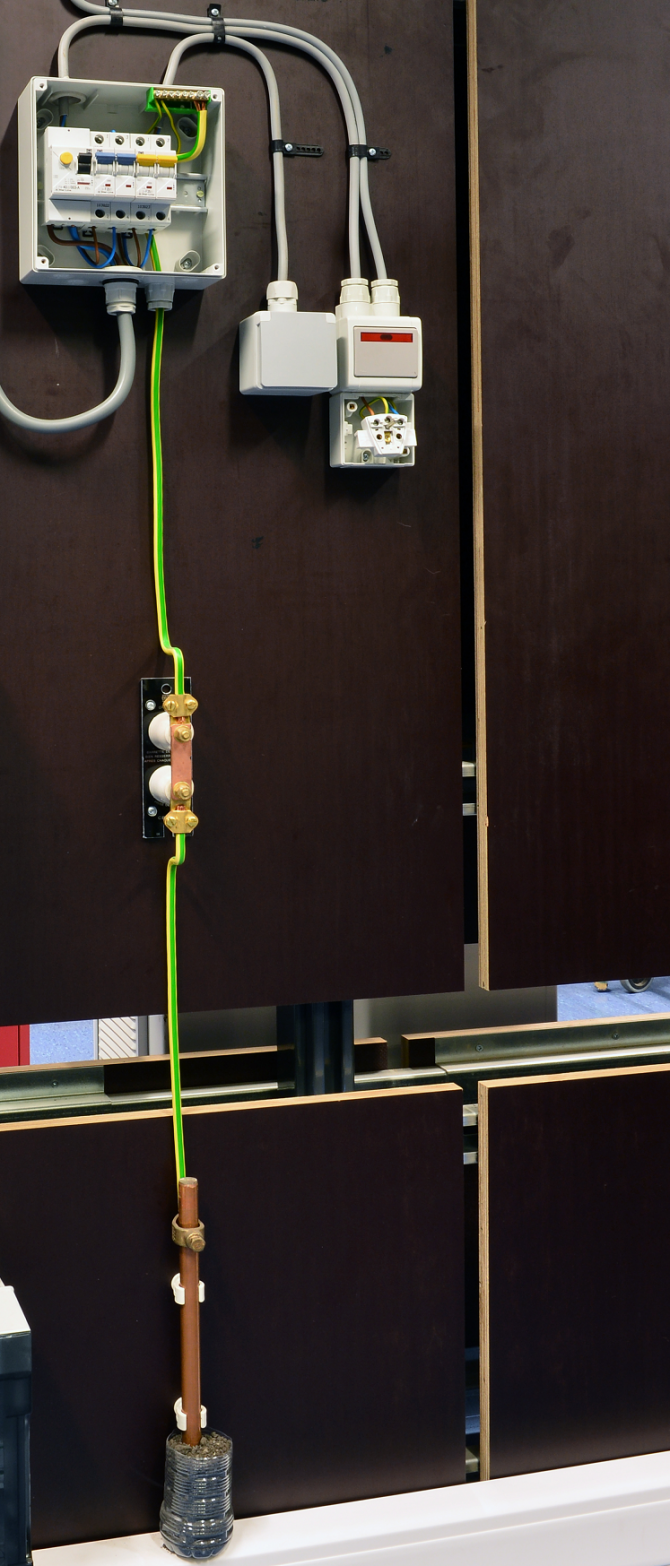


For ordinary people, grounding is nothing more than an item mentioned on a house's electrical diagram.
Yet this item, which at first sight seems banal is of vital importance! Grounding allows an overflow of electricity to be evacuated when a device is poorly insulated. It protects you from electrocution.
This deserves a few minutes of your time to understand how it works, doesn’t it?
The principle of grounding is simple: it diverts an electric current which might escape from a device to a metallic conductor (cable) that ends with a stake (rod) buried in the ground.
These losses of current may occur, for example, when a damaged power cable is stripped and the electrical wires come into contact with the device's casing. Without an earth or ground wire, the current would pass through the body of the first person who might touch the device: this is electrocution.
To understand this better, please watch this video (in French).
Absolutely! In Belgium, the domestic electrical installation regulations (RGIE) require its presence. It connects all the elements likely to give a dangerous shock, i.e.;
The installation of an earthing switch is also required. It is because of this device that we can measure and verify the quantity of electricity that passes through the earthing system (this is called earth resistance). In Belgium, it must not exceed 30 Ohms.
To learn how to set up an earth rod, have a look at this video
An earthing switch and a differential switch or residual current device (rcd) are often confused yet have different functions.
The differential switch supplements the earthing switch: when it detects a current leak to the ground, the differential switch cuts the circuit to avoid electric shock. It is therefore installed after the earthing switch.
Subscribe to our newsletter and stay informed about energyfacts.